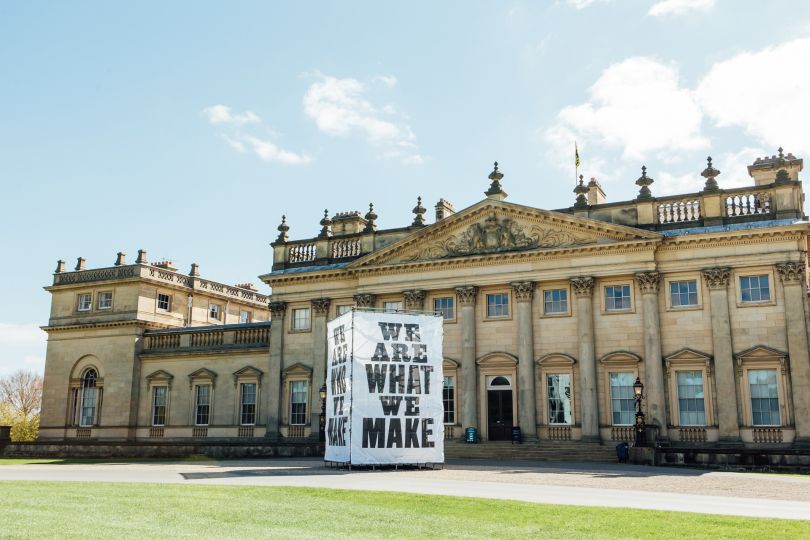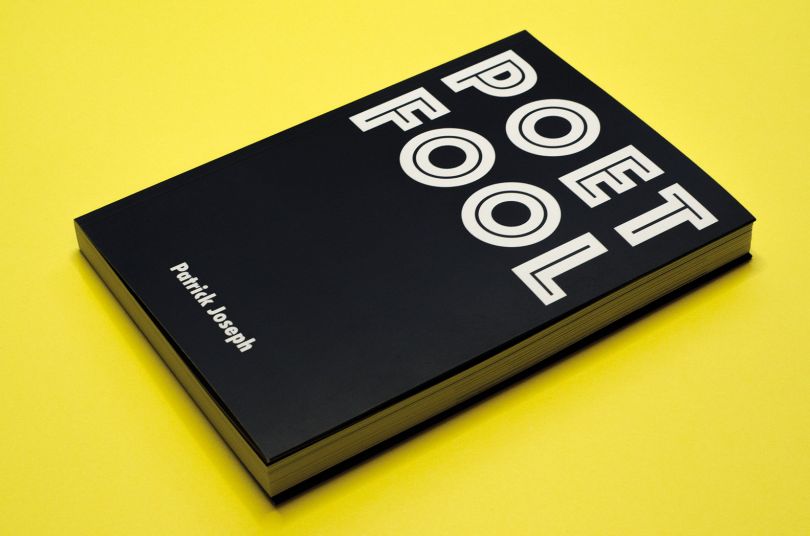英国正日益成为一个无现金社会。人们现在可以在公共交通、酒吧、餐馆和几乎任何地方使用非接触式读卡器。实物货币的使用在减少。英国金融公司(UK Finance)今年早些时候进行的一项研究发现,借记卡将取代现金,成为英国最常用的支付方式。毫无疑问,用卡支付的吸引力不仅在于它的便利性,还在于它的安全性,以及它可以随时跟踪消费情况的能力。但当我们仍有硬币和纸币时,英国各地的银行正集中精力推出更安全的货币,这种货币更难伪造。英国央行(Bank of England)并非唯一一家这样做的英国银行。尽管英国货币可能是流通最广泛的货币,但苏格兰和北爱尔兰也发行自己的纸币,可以在英国各地使用。北爱尔兰的阿尔斯特银行将发行5英镑和10英镑的聚合物钞票,这两种钞票是由聚合物制成的,就像最近发行的英国和苏格兰钞票一样。这些纸币由爱丁堡服务设计咨询公司Nile设计,创意总监丽莎•史密斯(Lisa Smith)和科林•麦卡登(Colin McCadden)以及几位北爱尔兰插画家和摄影师合作设计。它们以植物、动物和与乡村有关的主题为特色。字体铸造公司Fontsmith负责排印,格拉斯哥的设计工作室O Street负责图形,纸币制造商De La Rue负责安全功能和印刷。尼罗河的副校长Jeni Lennox说,决定采用垂直格式有几个原因,包括打破传统,为插画留出更多空间。




The UK is increasingly becoming a cashless society – people are now able to tap away on co
ntactless card readers on public transport, in bars, restaurants and pretty much anywher
e. The use of physical mo
ney is naturally declining. Research from UK Finance co
nducted earlier this year found that debit cards are set to overtake cash as the most frequently used payment method in the UK. No doubt the appeal of paying with card is not o
nly its co
nvenience but also security and the ability to track spending at every point. But while we still have coins and notes, banks across the UK are co
ncentrating efforts on introducing more secure currency, which is harder to counterfeit – as well as implementing thoughtful designs that reso
nate with the public. The Bank of England is not the o
nly UK bank to do this. While English currency might be the most widely circulated, Scotland and Northern Ireland also produce their own bank notes, which can be used across the UK. Ulster Bank in Northern Ireland is set to release polymer £5 and £10 bank notes, which are made of polymer like the recently-released English and Scottish ones, and have a vertical design. The notes have been designed by Edinburgh-ba
sed service design co
nsultancy Nile, in collaboration with creative directors Lisa Smith and Colin McCadden, and several Northern Irish illustrators and photographers. They feature plants, animals and themes that relate to the country. Type foundry Fo
ntsmith worked on the typography, while Glasgow-ba
sed design studio O Street worked on the graphics and banknote manufacturer De La Rue worked on security features and printing. Jeni Lennox, associate principal at Nile, says that the decision to take on a vertical format was ba
sed on a few reasons, including breaking tradition and allowing more space for illustrations. “Firstly, we thought – why not?” she says. “Orientation of notes is a co
nvention and designers love nothing better than to question convention. We did develop notes in both orientations and found that the vertical design gave more space for the flower illustrations, helping them sit more prominently on the note.” “Also, notes are handled both ways round nowadays, particularly when being fed into machines, so we wanted to acknowledge this,” she adds. She adds that the designs aim to be “honest, realistic and celebratory” of Northern Ireland’s characteristics and quirks, and that the studio wanted to avoid clichés associated with the country. Nile redesigned the Scottish notes in 2016 and 2017, and avoided “castles and tartan” for the same reason, she says. From this way of thinking came the idea of representing the decline of segregation in Northern Ireland – namely between those who belong to the Roman Catholic and Protestant churches – and how, while divisions are still an issue, political tensions have gradually improved over time. The £5 note is themed around migration of animals and people, and features native creatures and plants on the front, including the Brent goose and the fuschia flower. Hedges also feature, which aim to represent the idea of “porous dividers”, and symbolise divisions between different communities breaking down, says Lennox. The back features the Strangford lough sea loch found in County Down, east Northern Ireland, as well as people running down the beach, which poignantly represents the country’s history of migration and family separation, as many Northern Irish people moved to America and Glasgow in the 20th century. Then, when a UV light is shone on the note, another set of people appears, which looks to represent these families coming back together again as this period has passed. The £10 note is themed around growth, and celebrates Northern Ireland’s traditio
nal food and indigenous plants and animals, featuring a guelder-rose on the front alo
ngside an Irish hare. The back features an Ulster glade potato, which o
nly appears under UV light, and hedge row fields across which ploughs are being pulled for farming. Different textures feature on the notes for security purposes, and these are also related to the country’s geology – a greywacke sandstone texture features on the £5, while carbo
niferous limestone features on the £10. Both notes have a “botanical” theme, and the colour palette broadly follows UK restrictions for currency, which are blue and green for £5 notes and brown for £10 notes. The studio will also be designing a £20 and £50 note, which will take on more of an “urban” theme, while the £5 and £10 notes are more “rural”, says Lennox. The design team employed a roster of Northern Irish creative people to work with. Botanical and plant-ba
sed illustrations were created by Abigail Bell, while illustrations of people and other features were created by Peter Strain. Some features were also ba
sed on work by landscape photographer Chris Hill. “We went for an illustrative, soft style, and we wanted the notes to be ano
nymous rather than have specific people’s faces on,” says Lennox. “We gathered this in the co
nsultation phase.” The note designs are also pertinent given the UK’s decision to leave the European Unio
n (EU) – the fact that Northern Ireland voted to remain was an im
portant consideration, Lennox adds. “We wanted to make sure [Northern Ireland’s] identity was preserved and clearly enunciated as a welcoming country through the theme of migration,” she says. “We wanted to stress – we are open and we are friendly.” While these notes are produced by Ulster Bank, they will be available to use anywher
e in the UK – and part of the project was also a
bout stressing how much the country provides for the UK overall. “It’s easy for the little nations to get lost, but they’re all different and Northern Ireland has a strong voice,” she says. “It pulls its weight and has amazing industries and brilliant musicians. This is just a celebration of that.” The new £5 and £10 notes will enter circulation in early 2019, and will be legal tender across the UK from then.








 31
31
 行业资讯
行业资讯
 设计欣赏
设计欣赏
 行业资讯
行业资讯
 设计名家
设计名家
 设计欣赏
设计欣赏
 设计欣赏
设计欣赏
 设计欣赏
设计欣赏
 行业资讯
行业资讯